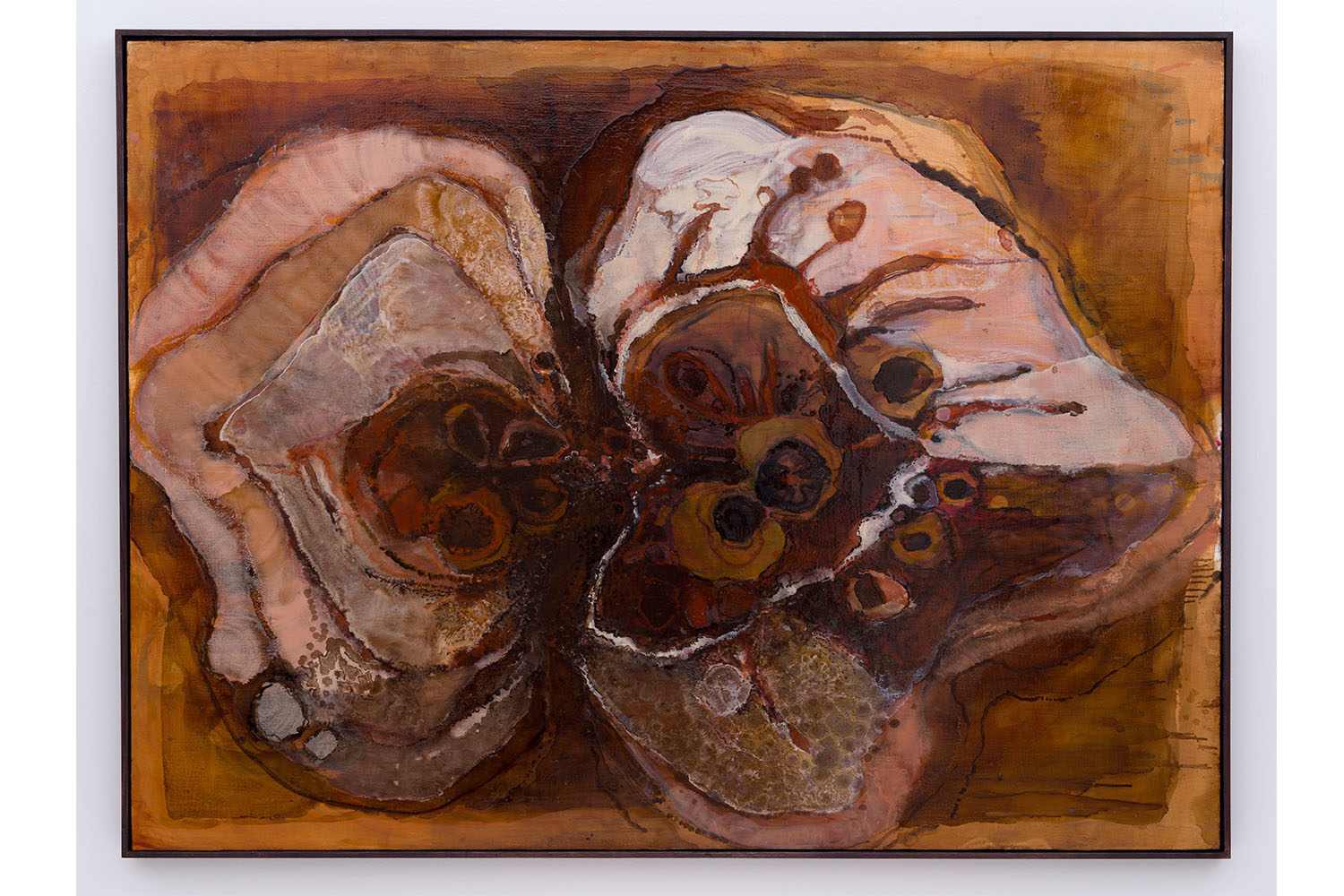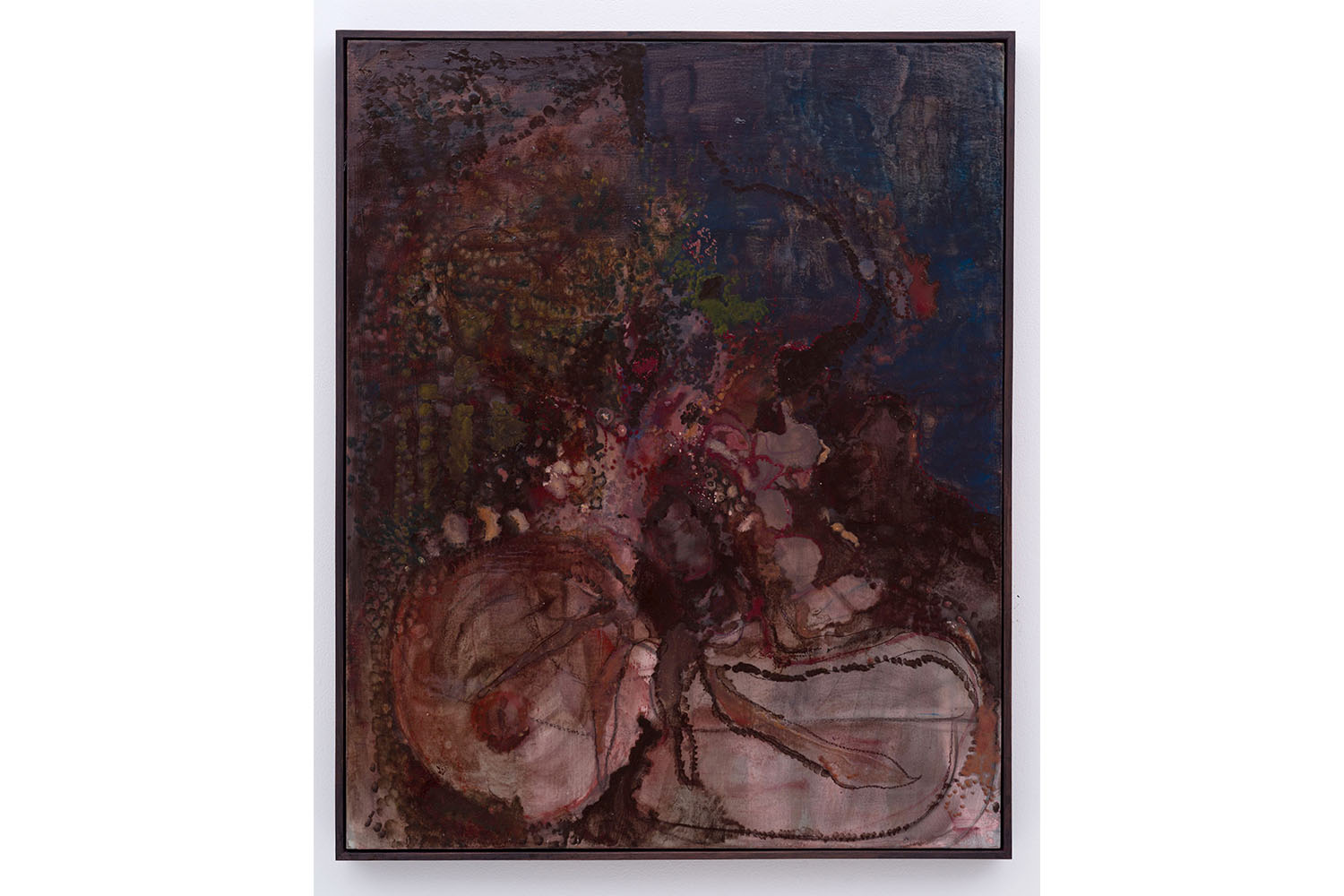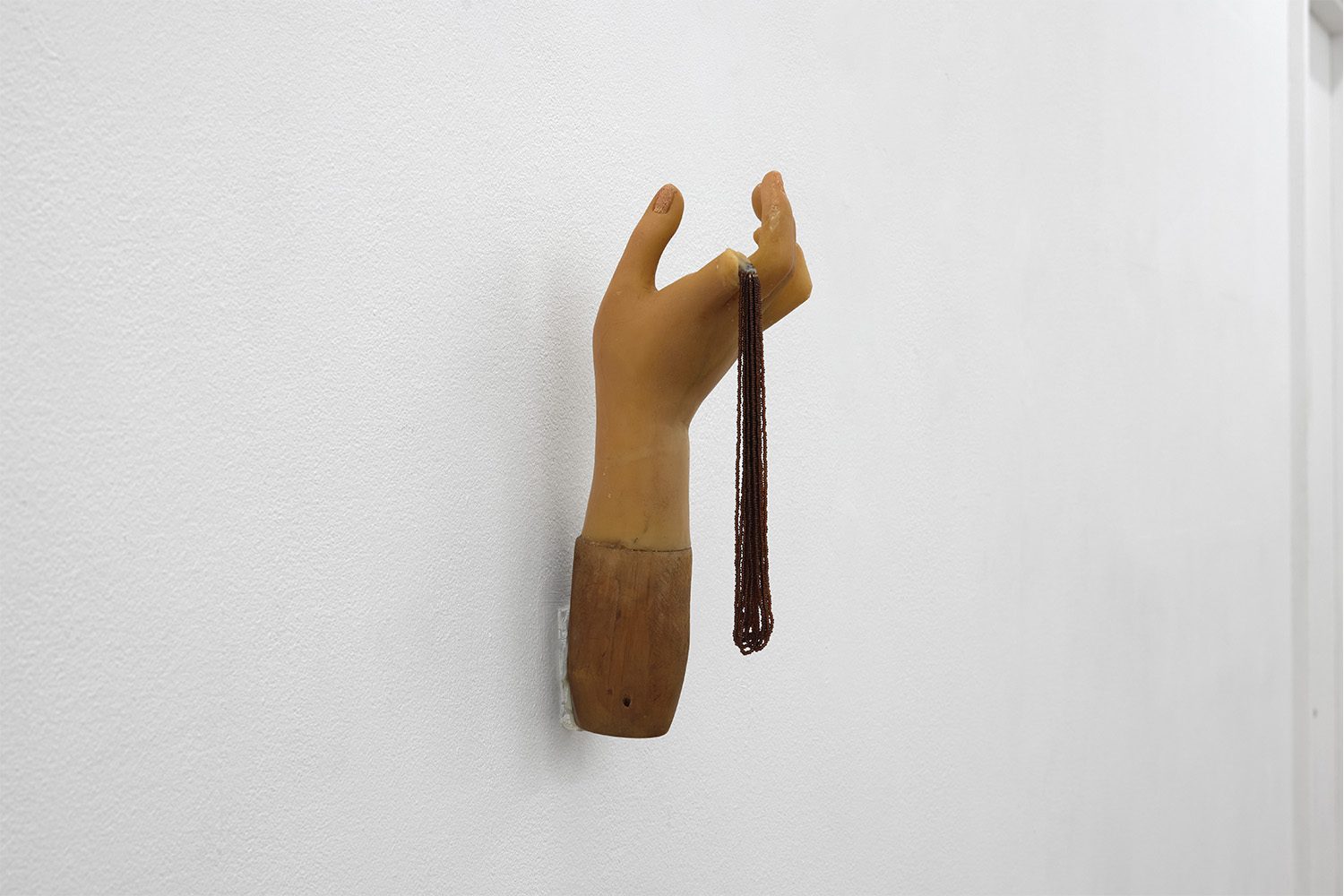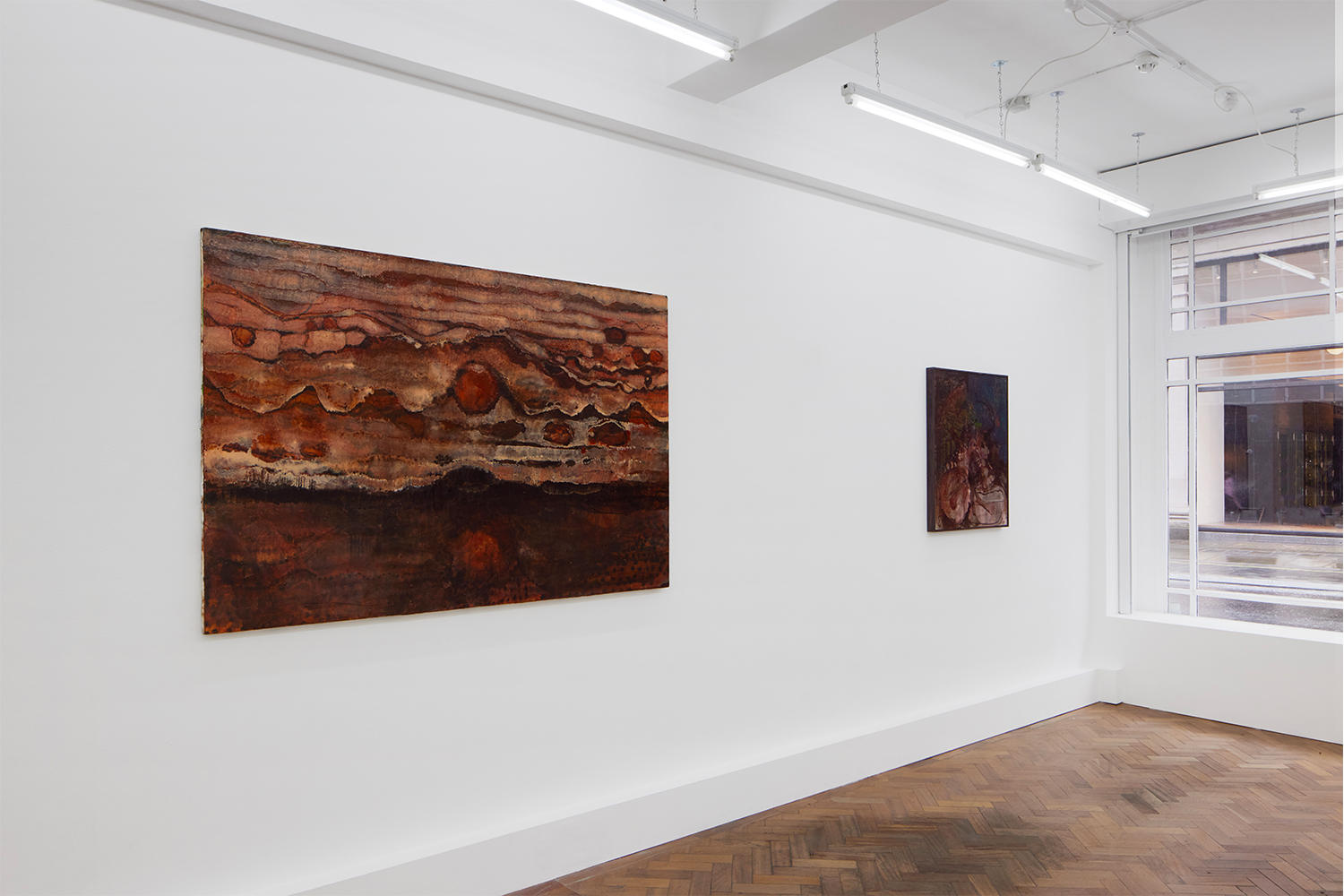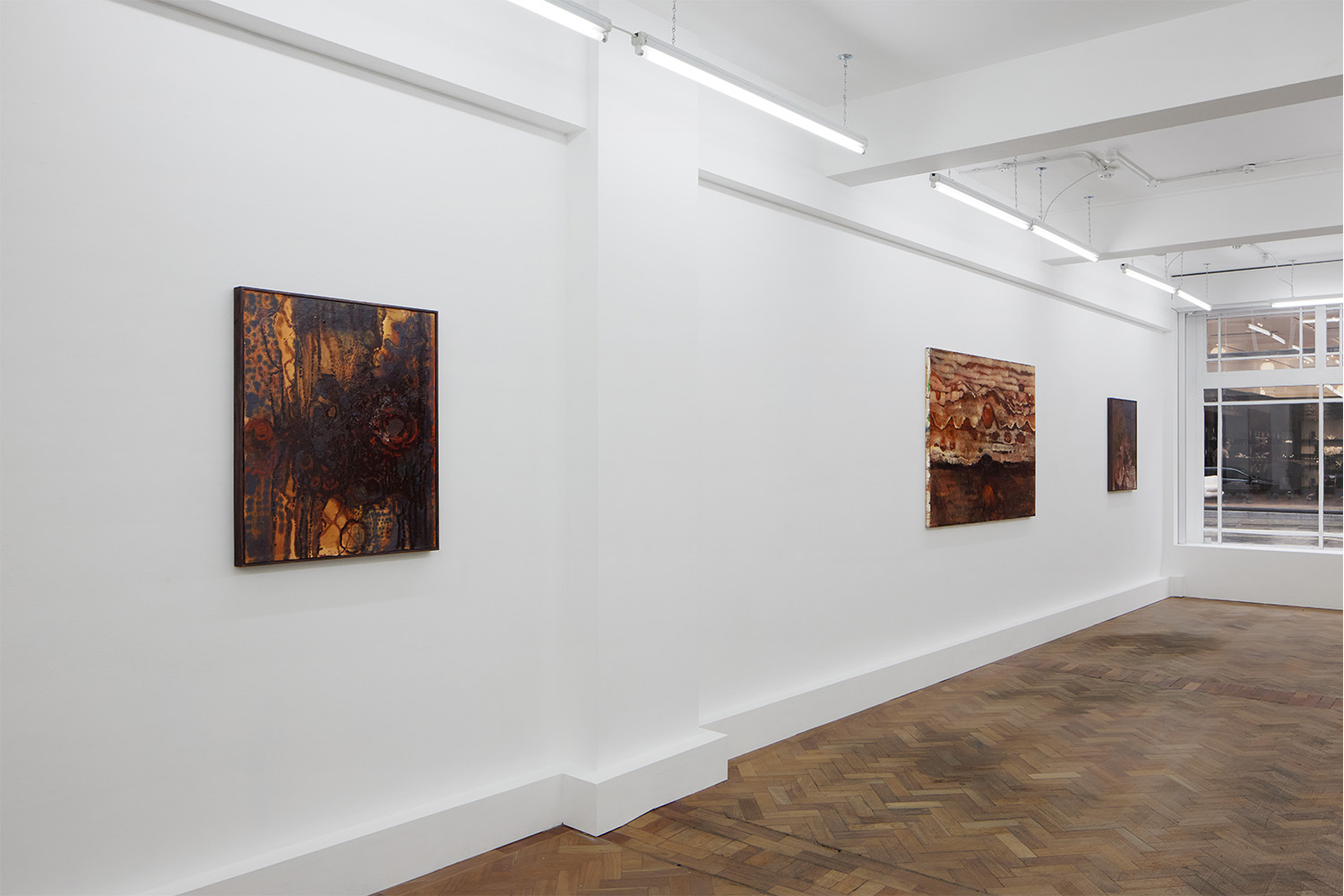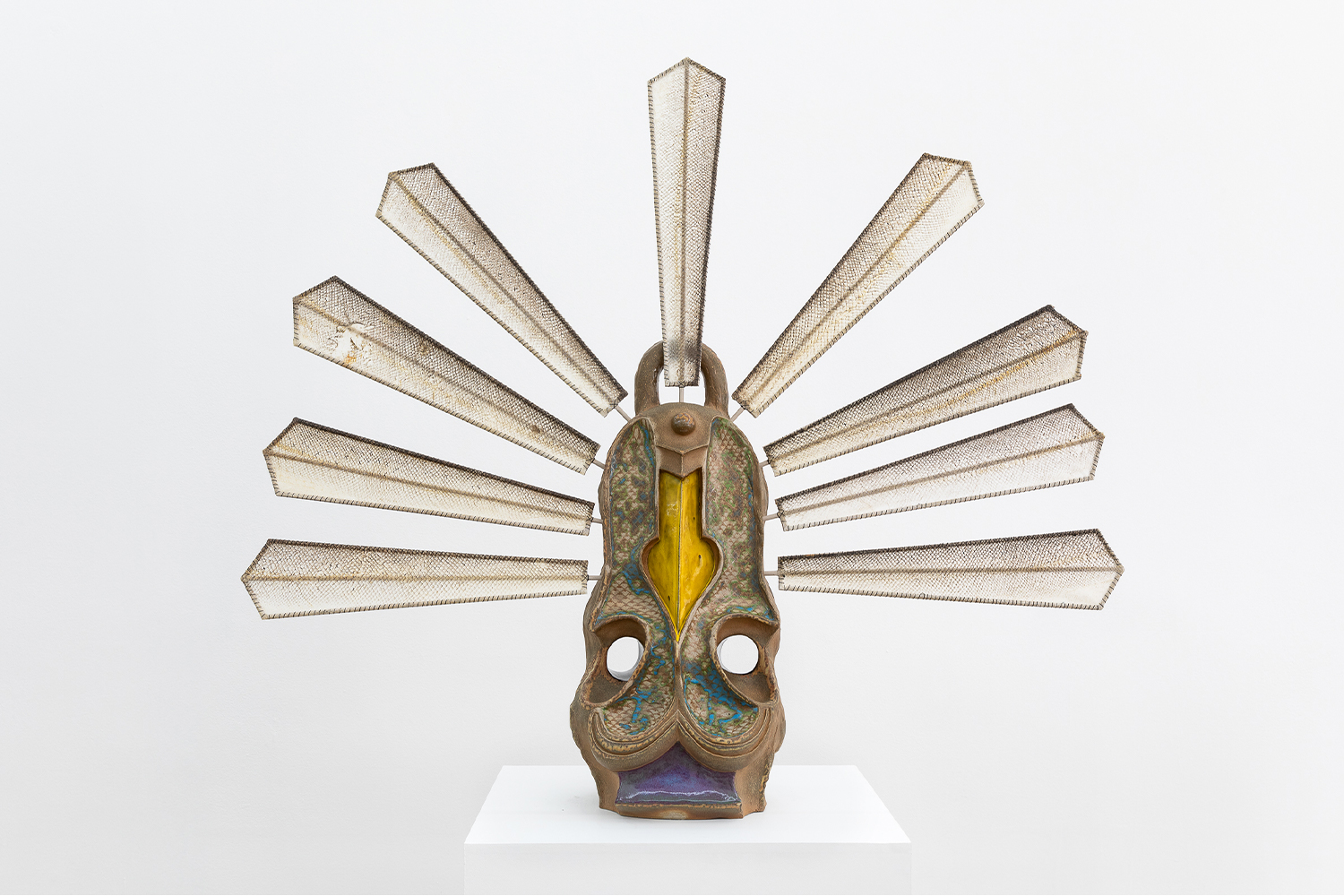The first time I saw a dead animal was when I was six. I was playing around a car, and under the wheel was the carcass of a cat. Its abdomen was crushed under the weight of the car, and its eyes were plucked out of their sockets. There wasn’t anything particularly strange about the dead animal. Everyone dies sooner or later. But this was the first time I was confronted with the evidence that the body is a fragile structure made up of organs, capillaries, blood, and bones. It’s not an easy feeling to express, but if I had to find a synonym to describe it, I’d probably use “hypochondria.” Usually, people who suffer from hypochondria are in a state of constant hypervigilance, ceaselessly monitoring their bodies following any symptomatic distress. Like a sentinel, the hypochondriac watches over every change, disturbance, pain, or redness. As the keeper of an organic system they also inhabit, they become a prisoner of a body that is constantly and inevitably dying. The symptom turns into an emphatic demonstration of presence, and being present in the world can be frightening.
Last week, when I went to see the paintings that Reina Sugihara presented in her solo show “Island that does not know the sea” at Arcadia Missa, I thought about that cat, and how the body is an architectural unknown, full of organic systems outside our perception.
I had just finished a glass of wine offered by the gallery when the effect of the alcohol began to gently intensify the loneliness that had been haunting me lately. At that moment, the paintings seemed to me more like wall-bound wounds rather than objects.
Somewhere between a grotesque landscape and a laboratory slide, the works refer to a small model of a human pancreas and an anatomical drawing of a digestive apparatus from the seventeenth century. These two reference objects, not explicitly represented, which the artist kept in her studio, became the iconographic tool through which Sugihara established a link between the inside and the outside of the body, embedding this temporal dimension within the complex stratification of the painting.
The island of the exhibition’s title comes from the Islets of Langerhans, an area of the pancreas that controls endocrine function — part of a network of cellular islands that coexist in our body with a common purpose. Individual yet interconnected, these islands become a metaphor for the relationship between the artist and her objects. Carefully chosen to trigger her own memories, they appear in various forms and work silently in the painterly realm. In Sugihara’s works, time extends its linear form and disappears into another dimension, in which the simultaneous coexistence of objects in the artist’s studio becomes an active presence in the paintings and, by extension, accessible to our bodies and feelings.
In their abstract appearance, these vast microcosmic landscapes of tissue and viscous matter become triggers of presence, like the symptom to the hypochondriac or the earthquake to the seismograph. They come to us as legible signs. Sugihara’s paintings seem to suggest an anthropocentric reinterpretation of the Cartesian dualisms that have been part of scientific discourse since the Enlightenment. She tries to encourage a listening practice focused on new forms of language, on pluralities of being available to the consciousness that resides in our newly collective bodies.

